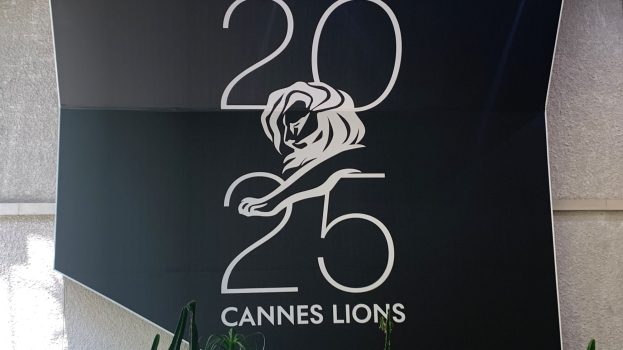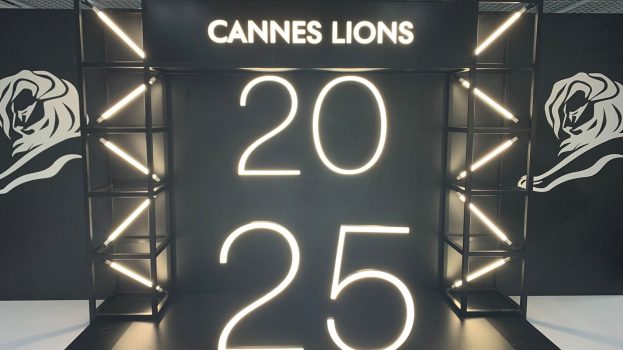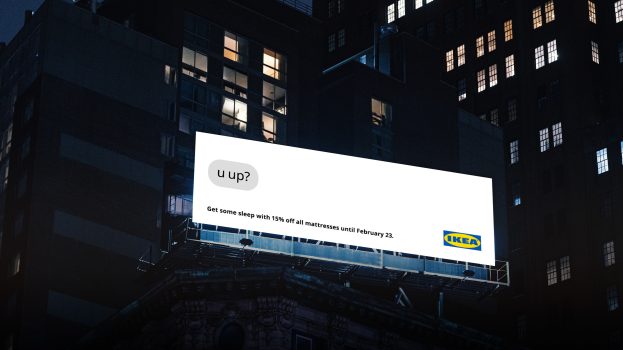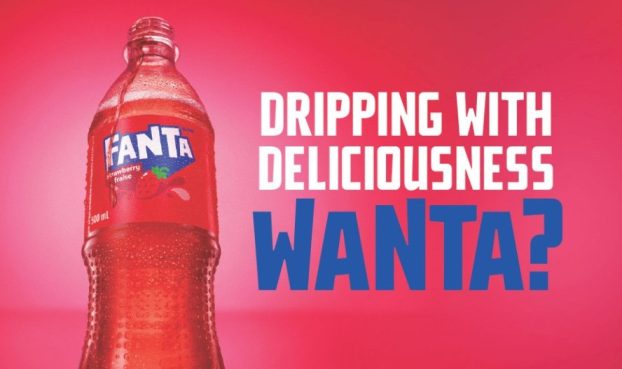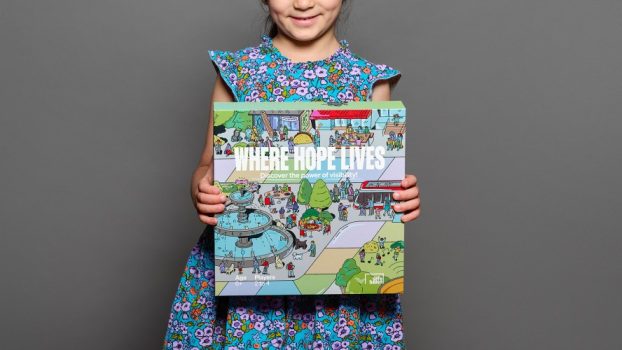By Aldo Cundari
Pro bono cause marketing can be much more than a creative exercise that helps the agency garner attention for itself, sometimes to the detriment of the cause. I think this is one of the blights of our industry, this constant thirst and yearning to get recognition for the work, rather than just the pride in knowing that we did some good.
I believe agencies have the opportunity to be more than just purveyors of advertising to promote themselves and a worthy cause; they can actually be part of the solution.
Yes, the solution! It not only provides the agency a feeling of pride, it also fulfills the sense of belonging to the community and, let’s not forget, gives an added dimension to the agency’s culture.
When a cause needs awareness, typically the agency is tasked with creating communications that disrupt, and hopefully tug at heartstrings, and ultimately move the audience to donate much-needed funds or time or just build profile for the organization in question.
Cundari is no stranger to cause marketing (the majority of it pro bono), and does work for organizations such as the Canadian Breast Cancer Foundation, Right to Play and Reach for the Rainbow, as well as brand causes like CIBC’s Run for the Cure. But this year Cundari took its responsibility efforts in a new direction.
The pain clinic at the Hospital for Sick Children (SickKids) approached us to help them address the issue of efficiently gathering data on pain in young children with cancer. In the past, the pain clinic asked kids to use electronic (Palm) diaries to collect data about the pain they were experiencing. These diaries were dry and clunky at best and were cumbersome for the kids to use.
Unmotivated to complete their surveys, the diaries went unused, making it difficult to get the data required to make any strides in pain management.
To address this challenge the agency developed a first-of-its kind iPhone application called Pain Squad. The user interface was tailored specifically to appeal to children, using a creative premise that makes the kids part of a crime-fighting police unit.
To keep them motivated to fill out a pain diary twice a day, the team built engagement and rewards into the app. Users become part of the Pain Squad as “rookies” and progress through different levels as they complete more surveys to achieve higher rankings such as sergeant and captain, all the way up to chief.
We took things a bit further and engaged the cast of cop shows Rookie Blue and Flashpoint to get involved, to show up at the different achievement levels and encourage the kids to keep going. At one point Flashpoint’s Enrico Colantoni pops up in costume and character delivering a line.
The cast and crew of both shows were extremely excited to work on this project and generously donated their time and resources. The producers were also very accommodating: Rookie Blue was in production and made time to film the segments during their busy shooting schedule, while Flashpoint was on hiatus when we shot their spots, with the cast breaking their vacations and the crew bringing costumes out of storage to help get this done.
By making this a creative technology exercise rather than just a “survey,” the hope is increased compliance, which in turn increases the data on pain and thus the ability to really evaluate the type
and frequency of the pain and treat it accordingly.
In closing, I leave you with this thought: we are in an ideal position to use the combined talents of our creative and technology teams to refocus our agencies’ cause work from what we do to why we do it, and to make a difference both internally and externally for the cause – to actually be part of the solution.
Aldo Cundari is chairman and CEO of Toronto-based Cundari Group.


